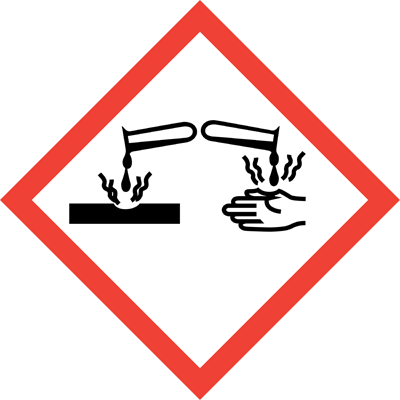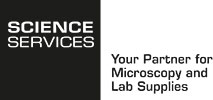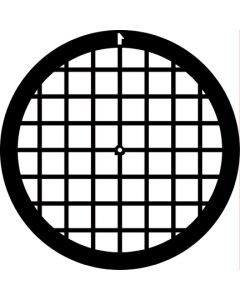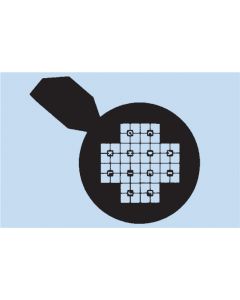Gach (Glutaraldehyde/Carbohydrazide), Kit
A water and lipid-retaining embedding polymer for EM. Excellent preservation of lipids and ultrastructure.
Product Details
Description
This water miscible (aqueous) embedding medium prevents the loss of lipids caused by organic solvents and also the clouding of tissue observed during specific reactions involving the use of metal-lic fixatives (e.g., OsO4 and Potassium Permanganate).
The GACH embedding medium is prepared by adding Carbohydrazide to 50% Glutaraldehyde in a final concentration of 150 mg/ml, (e.g., 1.5g of Carbohydrazide to 10ml of 50% Glutaraldehyde).
The mixture is carried out in a pre-cooled beaker kept in an ice bath, using a magnetic stirrer. The Carbohydrazide is added in three portions, and stirred rapidly for 15 minutes after each of the additions.It can be employed at neutral pH and cured at 37°C. The stock solution can be stored for several months at -20°C without deterioration.
Tissue Preparation:
Fixation: Tissues are fixed in the conventional way with concentrations of 2 to 5% Glutaraldehyde and rinsedwith the buffers.
Dehydration: Dehydrate according to the following schedule with aqueous dilutions of GACH.
- 20% GACH + 80% H20 3 hours or overnight
- 50% GACH + 50% H20 2 - 4 hours
- 80% GACH + 20% H20 2 - 4 hours
- 100% GACH 1 - 2 hours
This procedure is carried out in a cold room or in vials immersed in ice (1°C).Particular specimens, (e.g., erythrocites) can be embedded in the undiluted medium, suspended directly in 100% GACH, [Dodge, et al]).
Embedding is carried out by removing the tissue from the last 100% GACH and placing it on a small droplet of fresh GACH on a dental wax plate at room temperature.
Polymerization is obtained by placing the plate in an incubator at 37°C for 8 - 14 hours.
Sectioning: The droplets of polymerized GACH can be cemented on blank epoxy blocks, trimmed and then sectioned on the ultramicrotome using diamond or glass knives.Polymerized GACH is no longer soluble in water; therefore, the sections can float on the surface of the water in the boat of the knife. The thickness of the sections can be judged by interference color similar to epoxy sections.
To increase contrast on the cellular components, sections can be stained with aqueous Uranyl Acetate and Lead Citrate.
Reference: Dodge, J. T.; Mitchel, C. - Arch. Biochem. biophys. 100 - 119 (1963)
More Information
| Application |
TEM
|
|---|---|
| Mandatory sign |
Tightly sealed goggles

Protective gloves

|
| Signal word |
Warning
|
| Symbol GHS |
GHS05

GHS06

GHS08

GHS09

|
| Hazard statements |
H301
H302
H314
H315
H317
H330
H334
H335
H400
H411
|
| Precautionary statements |
P261
P273
P280
P320
P330
P362
P301_310
P301_312
P303_361_353
P305_351_338
P405
P501
|
| Packing Unit | kit |
| Shipping Class |
Hazardous Good LQ
|
| Working Field |
Electron Microscopy
|
| SDS (multilingual) | E16300, E12350 |










